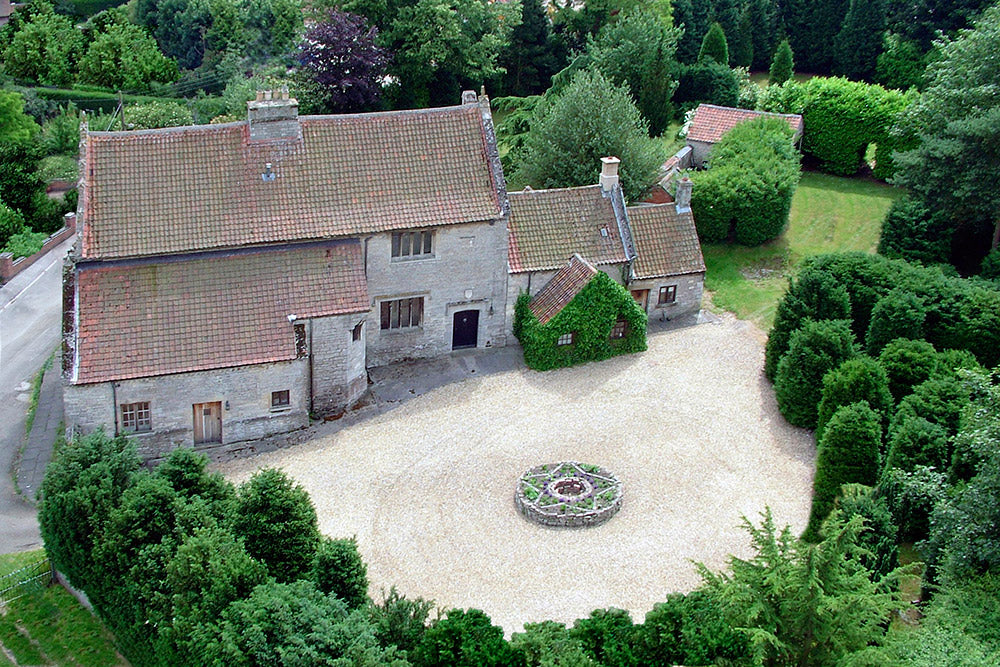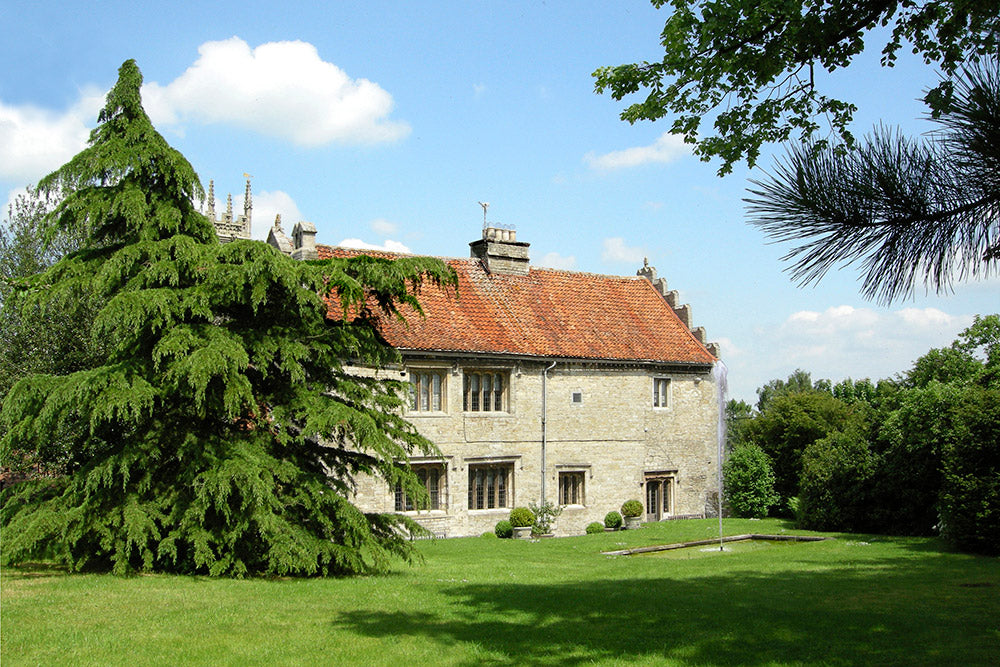About Ellys Manor House

A unique and magical Tudor wool merchant’s house, built in the Flemish style, Ellys Manor House is an architectural gem. The main feature of the house is a fabulous scheme of early 16th century wall paintings in the upper rooms.
Described by architectural historian Sir Nikolaus Pevsner as, “a rare English interpretation of French verdure tapestries”. The wall paintings dated around 1500 are said to be “the most complete, extensive and important domestic decoration of this date in the country.” A truly continental house, reflecting the Northern Renaissance. The building and paintings are of outstanding historical interest: Pevsner, The Buildings of England. An absolute ‘Must See!’

ELLYS MANOR HOUSE (pronounced Ellis) is affectionately referred to as EMH. The house was built in the late 15th to early 16th centuries by the Ellys family who were rich wool merchants. They traded wool between England and Flanders, thus the Flemish architectural style.
Ellys Manor House appears to rise organically from the ground like a volcanic plug, its base following the contour of the land. The house stands in an elevated position adjacent to the church of the Holy Cross. It was built to impress.
Ellys Manor House is a miracle of survival, remaining little altered through the intervening centuries and retaining many original features. The house is robust and imposing, with it’s dense stone walls and deep-set mullioned windows with shallow Tudor arches to throw off the rain. The ceilings are high throughout, with huge oak beams, some of the beams still have good tincture of black and red ochre. The massive stone fireplaces would do most castles proud. There is a sense of grandeur about the house.

Ellys Manor House from the south appears serene. The church tower soars high above the roofline; one can appreciate the decorated battlements, the eight pinnacles – on top of one sits a weather-vane in the shape of a golden fiddle.
The juvenile Deodara cedar tree in the foreground, was planted in the early nineties, and stands in the exact position, where once stood a massive weeping wych elm (sadly a victim of Dutch elm disease).
Our hope is that one day the deodara will make as splendid a display.



